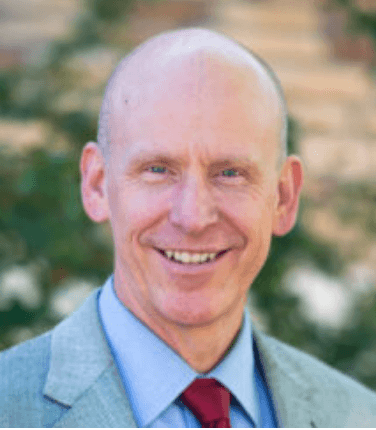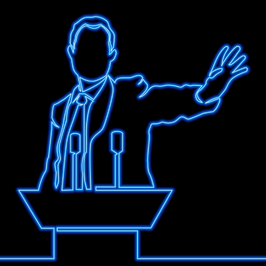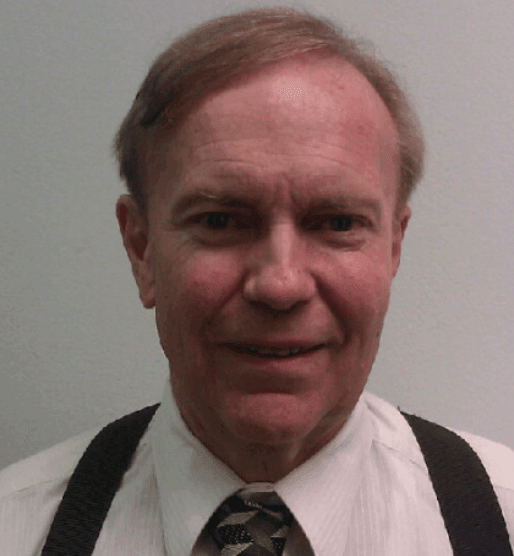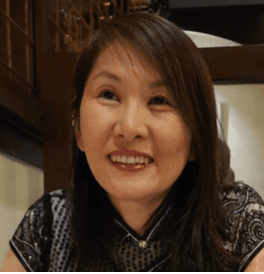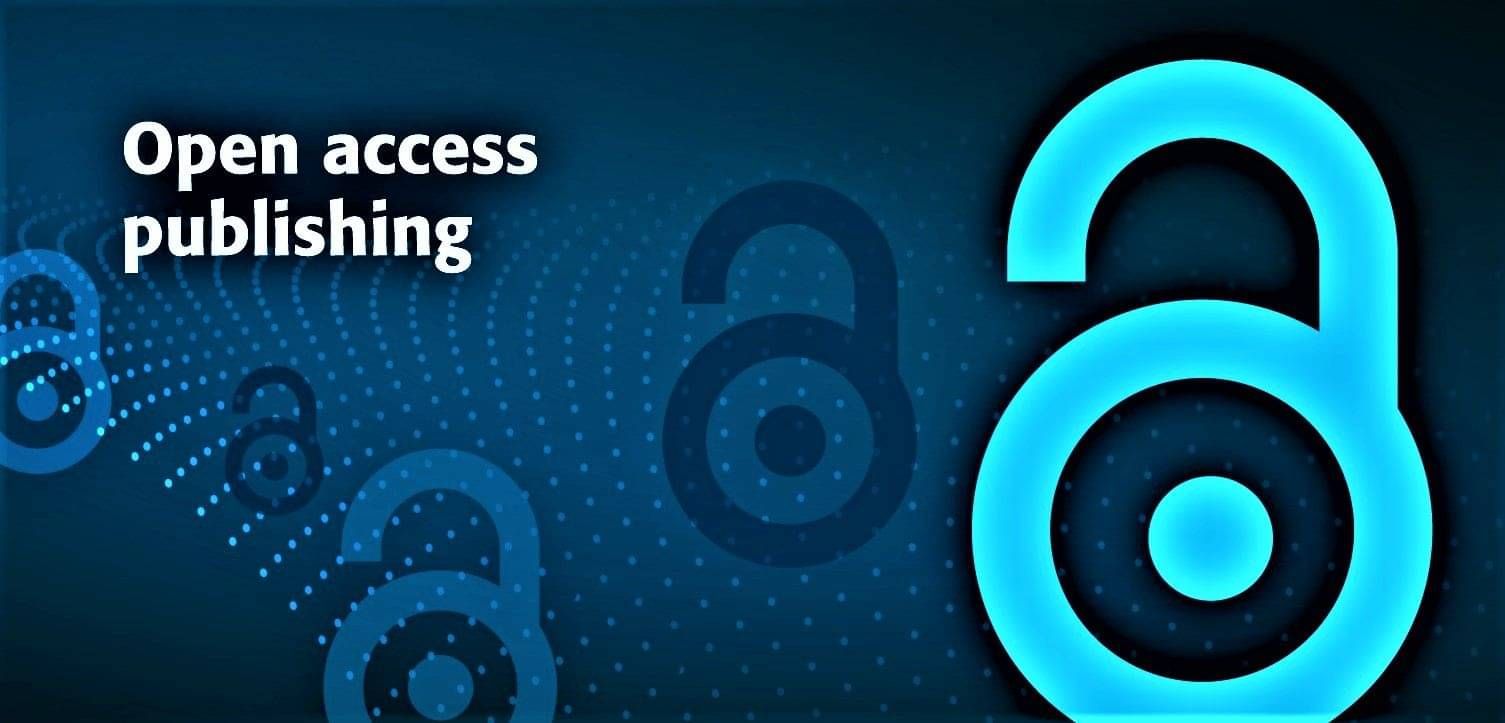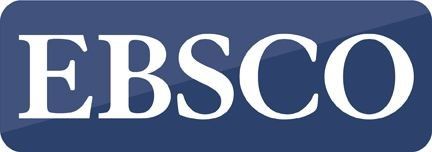Proceedings of the
15th Sacro Occipital Technique Research Conference
Nashville, Tennessee, 26 April 2024
Cranial stenosis and unilateral in-toeing in a 6-year-old male: A case report [Abstract]
Narrative: A 5-year-old male child presented for chiropractic care at an interdisciplinary clinic. He presented with unresponsive unilateral in-toeing and associated self-injurious behavior due to gait disturbances.
After 2-months of regular chiropractic treatments ~ between once and twice-a-week the patient demonstrated diminished or virtually eliminated self-injuries (e.g., falling down and hitting his head purposefully several times daily).
Conservative, effective treatment for a subset of children presenting with in-toeing and/or self injury ~ particularly when watching and waiting is not preferred and the child’s gait, repetitive falls and other abnormal or injurious behaviour and self-esteem are being adversely affected by these conditions.
Indexing terms: Chiropractic; sacro-occipital technique; SOT; in-toeing.
Cite: Stowell LM. Cranial stenosis and unilateral in-toeing in a 6-year-old male: A case report [Abstract]. Asia-Pac Chiropr J. 2024;5.2 apcj.net/SOT-Abstracts-2024/#StowellCranialStenosis
Lisa M Stowell DC focuses on the safest and most natural approach to chiropractic care utilising cutting edge techniques such as SOT (sacro-occipital technique). She incorporates 'Food First' as part of her approach to customise personal dietary needs as well. Besides head, neck and low back pain, Dr Stowell addresses conditions such as diabetes, fibromyalgia and even depression and fatigue. Dr Stowell has been published in an international, peer-reviewed chiropractic journal as well as accepted for presentation at 2024 ACC-RAC Conferences.
Treatment of a 36-year-old female with chiropractic manipulative reflex technique (CMRT) for gallbladder-related referred pain: A case report [Abstract]
Narrative: Patients may present to both a Chiropractic and a medical physician with a complaint, in this case upper right thoracic spine and epigastric pain, indigestion, and difficulty digesting food.
This patient was recommended for surgical removal of her gall-bladder however after three office visits over 3 weeks her biochemical markers had fallen to be within normal limits.
At 13-year follow-up, the patient has not reported any recurrence.
Indexing terms: Chiropractic; SOT; CMRT; ALT; AST; gallbladder pain referral.
Cite: Simmons DW. Treatment of a 36-year-old female with chiropractic manipulative reflex technique (CMRT) for gallbladder-related referred pain: A case report [Abstract]. Asia-Pac Chiropr J. 2024;5.2 apcj.net/SOT-Abstracts-2024/#SimmonsReferredPain
David Simmons DC took his first seminar from Dr. DeJarnette in 1978. He has been teaching sacro occipital technique (SOT) at the SOT clubs at Cleveland Chiropractic College – Los Angeles and Southern California University of Health Sciences, as well as SOT Regional Certification Series in Los Angeles, California for over 28 years. He is passionate about practicing chiropractic and loves to go to his office six days a week working to help patient improve their health through natural means.
Sacro occipital technique (SOT) treatment of a 6-year-old female patient presenting with chronic bed-wetting (nocturnal enuresis): A case report [Abstract]
Narrative: A 6-year-old female presented to this office with a history of routine bed-wetting sessions over a 6 week period. After the third office visit she went 6 days in a row without wetting the bed, which is the longest amount of time prior to chiropractic treatment.
She was seen two more times and by the fifth office visit was no longer wetting the bed. Even though a child will usually grow out of enuresis a short trial of Chiropractic management can be useful in building the child’s self esteem and more quickly resolving the issue.
Indexing terms: Chiropractic; SOT; enuresis.
Cite: Simmons DW. Sacro occipital technique (SOT) treatment of a 6-year-old female patient presenting with chronic bed-wetting (nocturnal enuresis): A case report [Abstract]. Asia-Pac Chiropr J. 2024;5.2 apcj.net/SOT-Abstracts-2024/#SimmonsEneuresis
David Simmons DC took his first seminar from Dr. DeJarnette in 1978. He has been teaching sacro occipital technique (SOT) at the SOT clubs at Cleveland Chiropractic College – Los Angeles and Southern California University of Health Sciences, as well as SOT Regional Certification Series in Los Angeles, California for over 28 years. He is passionate about practicing chiropractic and loves to go to his office six days a week working to help patient improve their health through natural means.
Chiropractic management of a 71-year-old Veteran with chronic Low Back Pain & Grade 1 Spondylolisthesis utilising Low-Force Sacral-Occipital-Technique (SOT): A case report [Abstract]
Narrative: Techniques within SOT can be effective in managing elderly patients with chronic LBP. In this case a complicating factor was the presence of a grade 1 spondylolisthesis.
The care plan was 10 sessions over a 6 week period. Pain at entry was rated 9 out of 10, and after 6 weeks, had resolved to a ‘0 on 10’.
Indexing terms: Chiropractic; chronic LBP; elderly; spondylolisthesis.
Cite: Hong AK. Chiropractic management of a 71-year-old Veteran with chronic Low Back Pain & Grade 1 Spondylolisthesis utilising Low-Force Sacral-Occipital-Technique (SOT): A case report [Abstract]. Asia-Pac Chiropr J. 2024;5.2 apcj.net/SOT-Abstracts-2024/#HongLBP
Angel K Hong DC graduated from Palmer College of Chiropractic located in Davenport Iowa. She was in private practice for 11 years and is currently employed as a staff chiropractor and acupuncturist with the Veterans Health Administration for the past five years. She primary practices with sacro occipital technique, applied kinesiology, and Activator™ chiropractic techniques.
Chiropractic manipulative reflex technique (CMRT) treatment of a non-compliant 59 year old female presenting with a hiatal hernia, gastritis, and other co-morbidities: A case report. [Abstract]
Narrative: Not every patient wants to help themselves be healthy. It does little for the therapeutic partnership for a medical practitioner to tell the patient that ‘chiropractic would not help’. In spite of long term chiropractic care this patient was on multiple medications for psoriasis, type two diabetes, high cholesterol, and depression.
While CMRT for this patient’s stomach and hiatal hernia significantly and consistently reduced her symptoms her lack of follow through with dietary modifications inhibited the stability of a positive outcome. It is often a challenging dealing with a non-compliant patient and figuring out how to communicate and reach patients that are acting counter to their own welfare.
Indexing terms: Chiropractic; patient non-compliance; CMRT.
Cite: Greene M. Chiropractic manipulative reflex technique (CMRT) treatment of a non-compliant 59 year old female presenting with a hiatal hernia, gastritis, and other co-morbidities: A case report. [Abstract]. Asia-Pac Chiropr J. 2024;5.2 apcj.net/SOT-Abstracts-2024/#GreenCMRT
Michelle Greene DC graduated from Cleveland Chiropractic College – Los Angeles in December 1992. She has been practicing in the Los Angeles area since that time. She was introduced to chiropractic as a teenager while running with the Santa Monica Track Club. She continues to compete in the aqua-bike division of Triathlons and focuses her practice on combining soft tissue work with chiropractic adjustments.
Sacro-occipital technique for foot hyperpronation pain in a 55-year-old female: A case report
Abstract
Objective: To investigate and report the effects of Sacro-Occipital Technique (SOT) chiropractic care, extremity adjustments, low-level laser therapy (LLLT), and at-home recommendations on a 55-year-old female patient with foot hyperpronation pain.
Methods: SOT was provided nearly weekly over 19 visits in 5 months. Lower extremity adjusting and LLLT was incorporated, while at-home recommendations included exercise, stretching, and supportive shoes and orthotics.
Results: The patient's Visual Analog Scale (VAS) score decreased from 2/10 to 1/10. Pain frequency decreased from 2 hours to 30 minutes per day and timing from 4-5 days per week to 2-3 days per week. At re-evaluation, the patient self-reported some pain reduction, the Lower Extremity Functional Scale (LEFS) increased from 70/80 to 77/80, and the RAND-36 questionnaire indicated improvements in physical functioning and a decrease in pain severity. While the VAS and LEFS showed only relatively slight improvement the patient expressed that this slight improvement had a significant improvement on the quality of her life and activities of daily living.
Conclusion: The analysis of SOT and lower extremity adjustments appeared to show an association between chiropractic care, a decrease in pain, and an increase in function. Adjunctive therapy and at-home recommendations were also beneficial. The care plan provided remediation of foot hyperpronation pain and increased function for this patient
Indexing terms: Chiropractic; SOT; hyperpronation; laser therapy.
Cite: Abbott B. Sacro-occipital technique for foot hyperpronation pain in a 55-year-old female: A case report [Abstract]. Asia-Pac Chiropr J. 2024;5.1 apcj.net/SOT-Abstracts-2024/#AbbottHyperpronation

Bridget Abbott, DC, graduated from Life Chiropractic College West, Hayward, California in December 2023. She is interested in researching the impact of combining Sacro Occipital Technique and the Activator Method on patient outcomes. Dr. Abbott works at The Modern Doc Chiropractic in San Ramon, California.
Chiropractic and dental integrative care for 52-year-old male stroke victim suffering from chronic temporomandibular joint (TMJ) dysfunction (TMJD): A case report
Objective: The value of integrative care for a stroke victim suffering from chronic TMJ dysfunction (TMJD).
Clinical Features: 52-year-old male was referred to this clinic three-year post-stroke from a local stroke-rehabilitative center. He had suffered a right-sided stroke affecting the left-side of his body, with left hypertonicity/contraction of left-calf, shoulder, arm and TMJD. Significant improvement following extensive rehabilitation was found except for his TMJD. He continued to experience left-TMJ crepitus with pain radiating to his left-ear and frontal bone regions. He had difficulty chewing and his pain was 9/10.
Intervention and Outcome: Sacro-occipital technique diagnosis revealed left-pelvic torsion with SIJ restriction (category-one) and sphenomaxillary and left-temporal bone cranial distortions. Patient was treated for 10-visits over 3-month period. Cranial-dental co-treatment with a lower occlusal splint and was also treated with red-light therapy. By the 10th-visit he reported his pain reduced to 3/10. His left-sided frontal bone and ear pains were eliminated and he was able to chew and eat normally. There was still some residual contraction of his masseter muscle however significantly less than before.
Conclusion: Chiropractic and dental integrative care can play an important part of care for patients suffering from post-stroke related residual TMJD.
Indexing terms: Chiropractic; sacro-occipital technique; SOT; TMJD; TMJ disorder
Cite: Bloink TE, Blum CL. Chiropractic and dental integrative care for 52-year-old male stroke victim suffering from chronic temporomandibular joint (TMJ) dysfunction (TMJD): A case report [Abstract]. Asia-Pac Chiropr J. 2024;5.1 apcj.net/SOT-Abstracts-2024/#BloinkDentalIntegrative
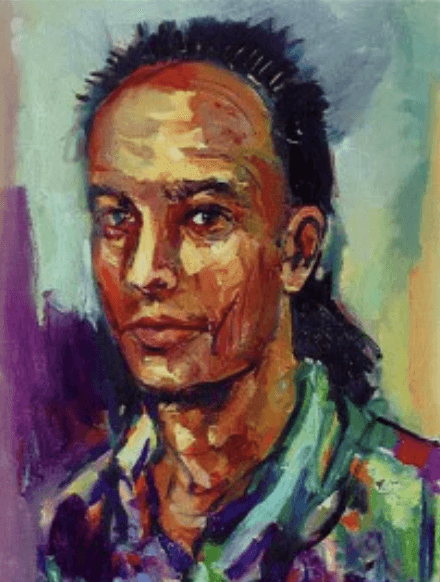
Thomas Bloink, DC, CSP, CSCP specializes in cranial-dental integration in Silicon Valley at the California Cranial Institute, which was founded in 1992. Dr. Bloink was on the board of advisors to help create SOTO USA and is actively involved in promoting the organization, presenting at research conferences throughout the world, and developing novel treatment approaches for functional neurological conditions. He works closely with many different specialists including dentists, orthodontists, and oral-maxilla surgeons. ENT's and others to ensure the best possible outcome for his patients.
Chiropractic care of a 65 year old male patient presenting with benign prostate hypertrophy (BPH) affecting urinary flow: A case report
Objective: To describe a chiropractic-intervention for a patient presenting with BPH affecting urinary flow treated with chiropractic manipulative reflex technique (CMRT).
Clinical Features: A 65-year-old male presented with a 6-month history of BPH adversely affecting urinary flow until 3-weeks prior to being seen at this office needing to be cauterised to urinate. The patient was seeing an urologist who suggested surgery but the patient was fearful of surgery.
Intervention and Outcome: The patient was assessed/treated with sacro-occipital technique CMRT care for an occipital-fibre-7/L5 interrelationship, specific CMRT reflexes for the prostate, and manually lifting the prostate off of the transverse urethral bar. After the first-treatment he had an urge to urinate, removed the catheter, but was unable to pass urine. Two-days later after his second-office visit he was able to remove the catheter and could freely urinate. He was treated periodically following the second-office-visit and found that as long as he was treated every 2-3 months he was able to urinate without a catheter. However after 5-years (last three years without treatment) the patient decided to have the surgery.
Conclusion: For a subset of patients with BPH, CMRT care might offer an option to surgery when there is patient resistance or contraindications.
Cite: Blum CL. Chiropractic care of a 65 year old male patient presenting with benign prostate hypertrophy (BPH) affecting urinary flow: A case report [Abstract]. Asia-Pac Chiropr J. 2024;5.1 apcj.net/SOT-Abstracts-2024/#Blum64yoBPH
About Dr Blum
Charles L Blum DC, CSCP is in private practice Santa Monica, California and past president of SOTO – USA, now their research chair. He serves as Adjunct research faculty at Cleveland Chiropractic College and associate faculty at Southern California University of Health Sciences teaching the SOT Elective. Dr. Blum is a Certified SOT Cranial Practitioner, and on the peer review board of the Journal of Craniomandibular and Sleep Practice (CRANIO), Association of Chiropractic College Conference Peer Review Committee, Journal of Contemporary Chiropractic, Asia Pacific Chiropractic Journal, and Journal of Chiropractic Medicine. He has lectured nationally and internationally, has written various SOT related texts, compiled SOT and cranial related research, and has extensively published in multiple peer reviewed indexed journals and at research conferences from 1984 to the present.
The Chiropractor’s role in the treatment of sleep-disordered breathing [Abstract]
Narrative: As sleep problems are a common issue for infants, all professionals work with these children with short- and long- term benefits in mind. The purpose of this clinically oriented article is to acknowledge, investigate and provide a professional commentary on some of the key parameters that should be a priority for chiropractors working with children with sleep disorders.
Chiropractors may play a key role in the field of sleep disordered breathing and are often a part of a team to help with nursing issues such as latching, constipation, colic or gastroesophageal reflux disorder. The collaborative network often includes neuro-muscular dentists, orthodontists, paediatric dentists, oromyofunctional therapists, speech and language pathologists, occupational therapists, ear, nose, and throat allopaths, behaviour specialists, lactation consultants, midwives, doulas, and naturopaths.
A chiropractic examination can complement most paediatric examinations, evaluating for infant reflexes, evaluation of the suck and cranial-sacral assessment to determine the presence of tension in the dural sheath.
The treatment may include chiropractic adjusting, cranial and sacral work, teaching use of maxillary stimulation devices (Myo Munchees) and educating families about environmental and nutritional correlations for quality sleep. This team approach can often be an optimal way to assist our paediatric patients in fully functional feeding and improved sleeping mechanics. Chiropractors can be an important part of this collaborative team treating paediatric sleep disordered breathing to lead to optimal outcomes.
Indexing terms: Chiropractic; sacro-occipital technique; SOT; Sleep disorders; dural tension.
Cite: Cantwell K, Vallone S. The Chiropractor’s role in the treatment of sleep-disordered breathing [Abstract]. Asia-Pac Chiropr J. 2024;5.1 apcj.net/SOT-Abstracts-2024/#CantwellValloneSleep
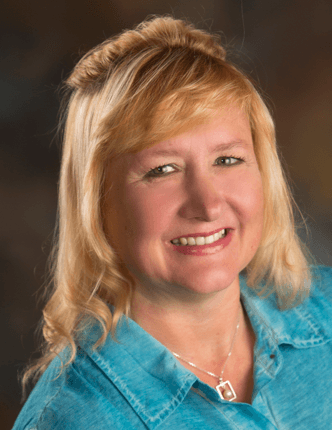
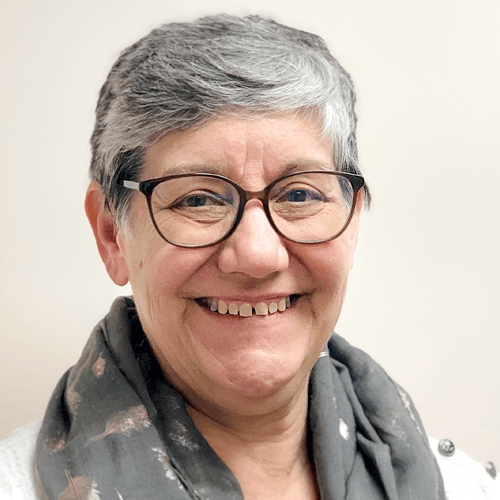
Kathryn Cantwell, DC is a 1991 graduate from Western States Chiropractic College (University of Western States). She earned her paediatric Diplomate (DICCP) in 1996 and had been in practice in the Chicago suburbs for 24 years. Dr Cantwell is currently practicing in Beaverton, Oregon since 2015. She also is a Certified SOT and Cranial Practitioner (CSP, CSCP) and more than half of her practice is paediatrics and pregnancy. She also co-treats with many dentists treating TMJ and sleep disordered breathing issues.
Sharon Vallone, DC is a graduate of Rutgers University (AB Microbiology 1978) and New York Chiropractic College (1986). She completed her Diplomate in Clinical Chiropractic Pediatrics in 1996 through Palmer College and received her appointment as Fellow in Clinical Chiropractic Pediatrics in 2003.
Dr Vallone has a private practice limited to high risk pregnancies and challenged children in Connecticut and is currently the Chair of the Board of Kentuckiana Children’s Center in Louisville, KY and past Vice Chair of the International Chiropractic Association’s Pediatric Council. She is an international speaker, author, and editor of the Journal of Clinical Chiropractic Pediatrics. Sharon brings 33+ years of paediatric chiropractic experience with a primary interest in pregnancy, birth trauma, breastfeeding and problems with infant/toddler neurodevelopment.
Treatment of a 40-year-old female with a history of sleep apnœa, insomnia, and airway compromise symptoms: A case report
Abbreviated Abstract
Introduction: A 40-year-old female presented to this clinic with a history of sleep apnea, insomnia, decreased nighttime oxygen saturation rates, and subsequent exhaustion. Her complaints began in 2017 after premolar extractions with the goal of ‘opening her bite’.
Methods/Intervention: Treatment included sacro occipital technique (SOT) category two (pelvic torsion with sacroiliac joint hypermobility) supine blocking, intra-oral cranial work, frontozygomatic rotational adjusting, muscle ‘stripping’ of her cervical paravertebral and trapezius muscles, low-level laser therapy to her head and neck, and hyoid bone mobilisation.
The patient traveled 2.5 hours one way for her visit. She experienced such relief with her first visit that she scheduled a follow-up the next day before returning home. This began a pattern of care where she would take treatment one evening and the next morning before returning home.
[The patient suffered an adverse reaction to a biofeeback session from another provider]
Results: Following the biofeedback related set back the patient returned to seek care as described above and by February 2024 slowly began to feel her symptoms were lessening in intensity and frequency. As treatment continued the patient reported better sleep, a drop in anxiety levels, improved movement of tongue which could connect better with the roof of her mouth, and TMJ function.
She also reported feeling generally more grounded/balanced, less tension in spine and hips, with decreased frequency of headaches. Palpation noted improved symmetrical movement associated with the sphenobasilar region, sphenoid and temporal bones, as well as with improved TMJ translational movement. She recovered strength in her prone straight leg lift with improved muscle coordination in the upper and lower extremities.
Conclusion: This patient presented with multiple comorbidities but was primarily concerned with her sleep disordered breathing and constant fatigue that was refractory to most other interventions. It is unusual for a patient to have a contraindicated response to biofeedback and this may indicate a psychosomatic/somatopsychic component to her presentation.
It is encouraging that with care at this office she was able to return to a level of improvement even though there was a periodic set back in January 2024.
Indexing terms: Chiropractic; SOT; sleep apnea; biofeedback adverse reaction.
Cite: Erickson J. Treatment of a 40-year-old female with a history of sleep apnœa, insomnia, and airway compromise symptoms: A case report. [Abstract]. Asia-Pac Chiropr J. 2024;5.1 apcj.net/SOT-Abstracts-2024/#EricksonSleepApnoea
John Erickson, DC is a 1997 graduate of Palmer Chiropractic College, Davenport. He and his lovely wife Michelle have six children. His practice in in Loveland, Colorado and incorporates a multidisciplinary approach, currently incorporating sacro occipital technique (SOT) and SOT cranial techniques. This is his first research presentation and was delivered at this year’s 2024 SOT Research Conference.
